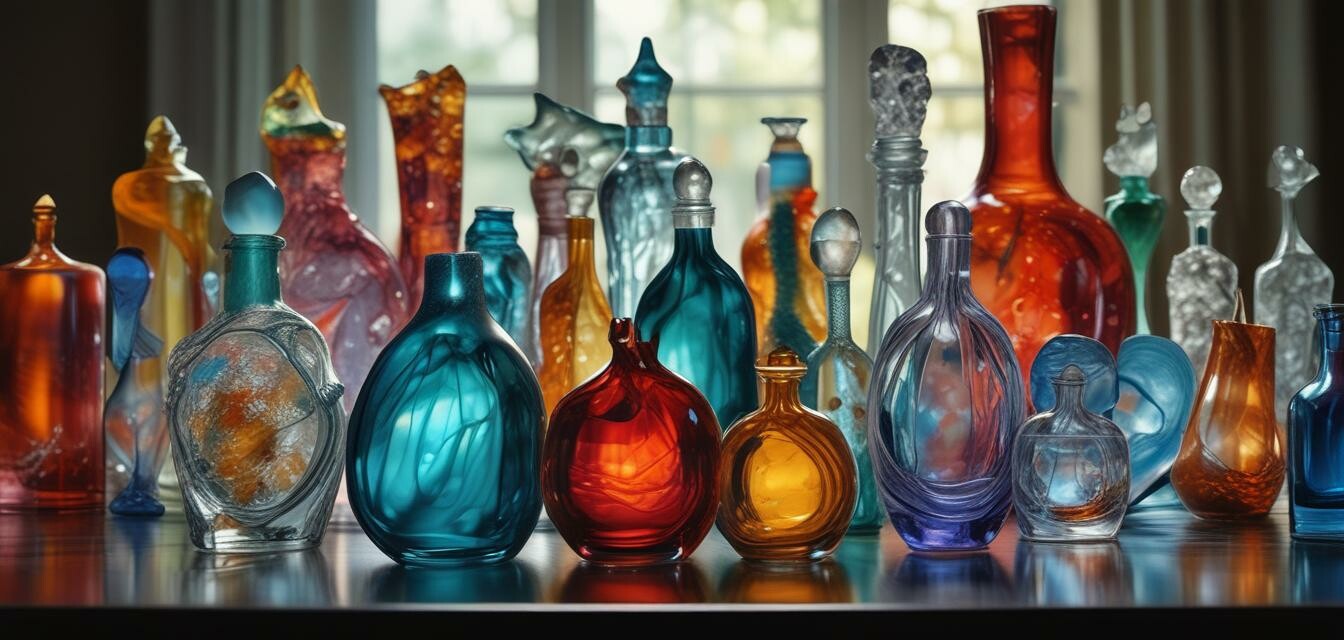
The role of transparency in glass art
Key Takeaways
- Transparency plays a crucial role in the aesthetics of glass art.
- Different levels of transparency can enhance functionality in glass pieces.
- Understanding transparency can amplify artistic expression and creativity.
- Using colored glass sheets effectively can create stunning effects in your projects.
- Utilizing transparency can influence how light interacts with glass, making each piece unique.
When it comes to the art of glass making, transparency is not just a characteristic but a fundamental aspect that significantly influences the visual appeal, functionality, and overall artistic expression of glass objects. In this article, we'll explore how transparency affects these dimensions in glass art and provide tips for maximizing its impact in your projects.
Understanding transparency in glass
Transparency in glass refers to the ability of light to pass through without significant obstruction. This quality can range from fully transparent to completely opaque, offering a spectrum of possibilities for glass artists. The manipulation of transparency involves more than simply choosing clear or colored glass; it requires a thoughtful approach to how each piece is designed and executed.
The aesthetic impact of transparency
Translucent and transparent glass can evoke different emotions and reactions. Here are some ways transparency impacts aesthetic appeal:
| Transparency Level | Aesthetic Effect | Example Applications |
|---|---|---|
| Fully Transparent | Creates clarity and brightness | Windows, vases |
| Translucent | Offers softness and depth | Frosted glass, lampshades |
| Opaque | Impacts light absorption and color | Blocks and filters light in sculptures |
Functionality and transparency
Beyond aesthetics, transparency influences the functionality of glass art. Consider how light interacts with your glass creations:
- Lighting: Transparent glass allows light to pass through, illuminating spaces and enhancing visual interest.
- Color Variation: The color of the glass combined with its transparency can manipulate how light is perceived, affecting the ambiance of a room.
- Layering: Using various transparent pieces can create unique layering effects that enhance depth.
Maximizing transparency in your projects
To effectively utilize transparency in your glass making projects, consider the following tips:
Tips for beginners
- Explore colored glass sheets: Different colors react uniquely when layered; try experimenting with different combinations to see the effects.
- Utilize light sources: Place your pieces in various lighting conditions to discover how transparency plays with shadows and highlights.
- Test various thicknesses: Altering the thickness of your glass can change its transparency and tactile quality.
- Incorporate textures: Adding texture to glass can create dynamic interactions with light, even in transparent pieces.
Artistic expression through transparency
Lastly, transparency serves as a medium for expressing artistic vision. It allows the artist to draw attention to details, show depth, and create a dialogue between the glass and its surroundings. Transparency invites viewers to engage with the piece, prompting them to look closer and appreciate its intricacies.
Conclusion
In the world of glass art, transparency is both a physical property and a conceptual tool that can transform ordinary glass pieces into extraordinary works of art. By understanding how transparency affects aesthetics, functionality, and artistic expression, you can create stunning, impactful glass art that resonates with viewers. For more insights and supplies to complement your glass projects, check out our glass sheets and supplies and glass kilns categories. Embrace the beauty of transparency, and let it guide your creative journey in glass making!

